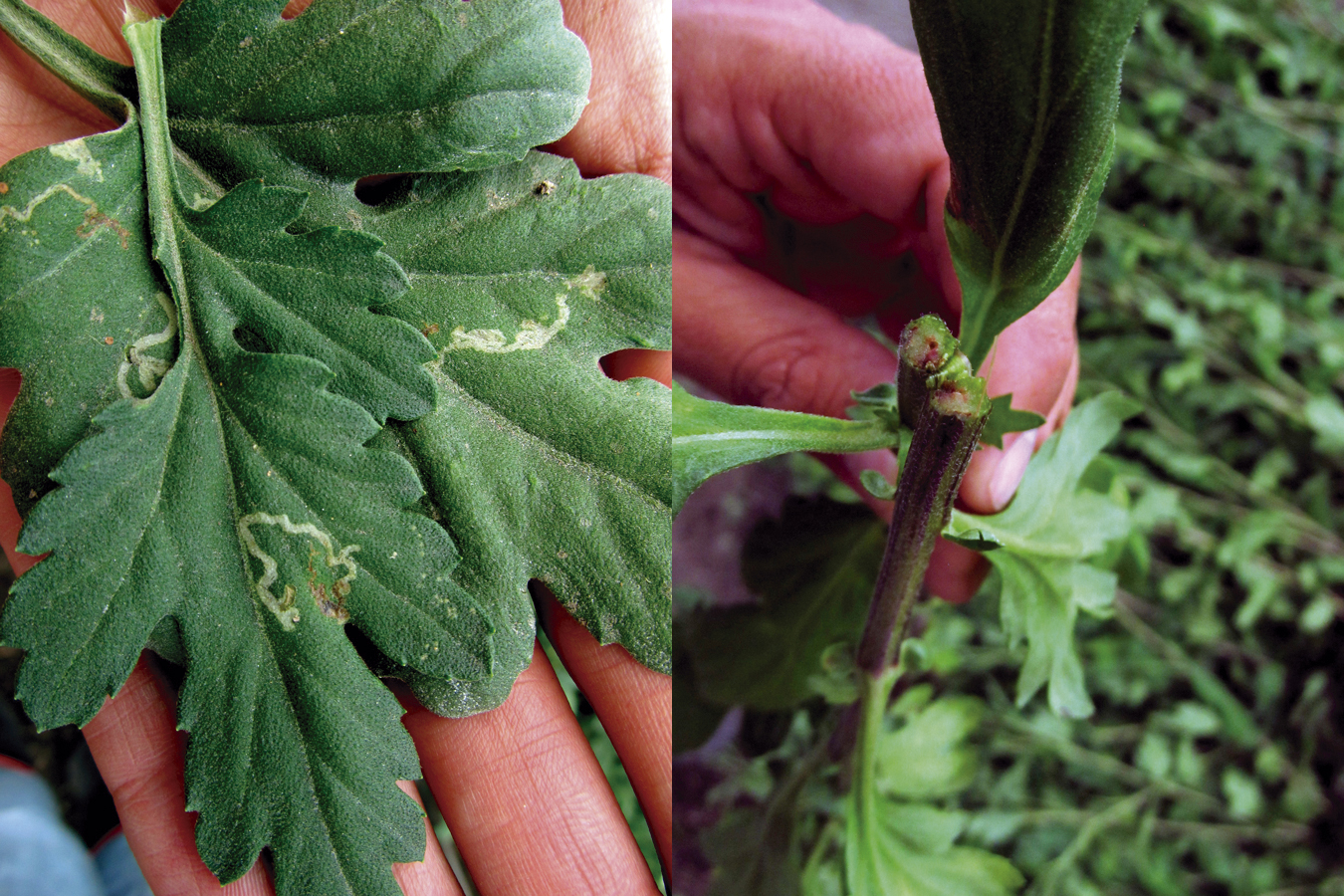Uncategorized
Integrated Pest Management: A Global Trend
The pest management is one of the biggest concerns for farmers around the world regardless of the crop type. In order to avoid plague spreading farmers introduce different control methods, such as the physical labouring (curtain display or weed manual eradication, among others), the ethology control; which focuses on bugs behaviour (i.e. use of coloured traps) and the use of chemical substances.

Until recent years, the chemical substances were the most popular method to control pest infestation thanks to its effective results. Nonetheless the abuse of this substances throughout time has turned them less effective to reduce the pest size due to the adaptation process of the targeted species. Furthermore, no new formulas have been developed and the enhanced endurance of the new breeds demands higher doses, having as a result negative effects on the quality of the plants and an increase on the environment’s toxicity.

Nowadays a new alternative is capturing farmers attention: the Integrated Pest Management or IPM; a broad-based approach that gathers different practices for control of pests. In addition to the already mentioned methods, IPM also aims to suppress pest populations by the use of natural enemies, such as insects to control other insect, or natural predators to control parasites, for the control of plagues.
In Flores del Lago the implementation of IPM responds to our efforts to be at the vanguard of the world top enterprises best practices and our concern for the environment. This new practice discourages the development of pest populations while keeping pesticides and other interventions to a reasonable levels, furthermore reduces or minimizes the use of toxic substances producing almost no environmental contamination with toxic molecules, which translates into less risks for human health and for the environment. IPM also emphasizes the growth of a healthy crop with the least possible disruption to agro-ecosystems and encourages natural pest control mechanisms.
The IPM is introduced through very simple processes which reduces the costs by making less necessary the use of the cauldron and allowing at the same time a better use of the space. On the other hand, the selection of the biological material we use comes from the market offer for instance: the Beauveria Bassiana or the Bacillus Thuringiencis, all of them are certified products that counts with the ICA records, and the technical support of the supplier. Throughout every process no forbidden products are used and we keep a rotation of the active ingredients in order to have different action mechanisms.

